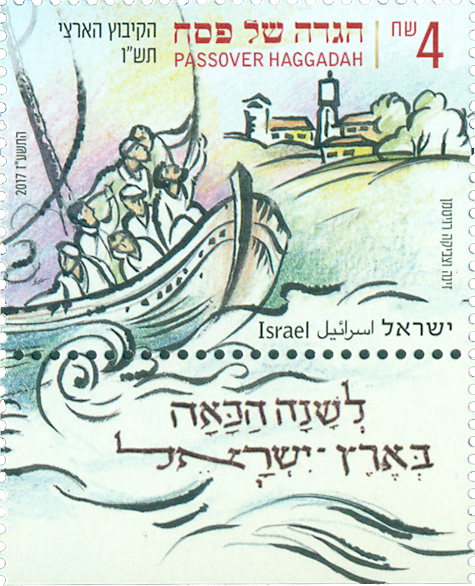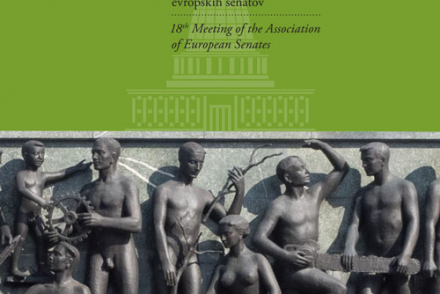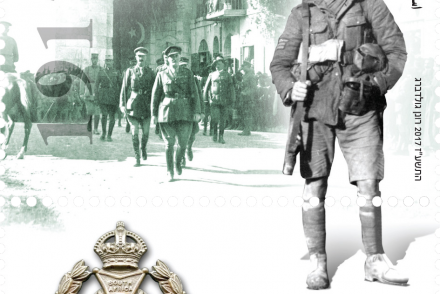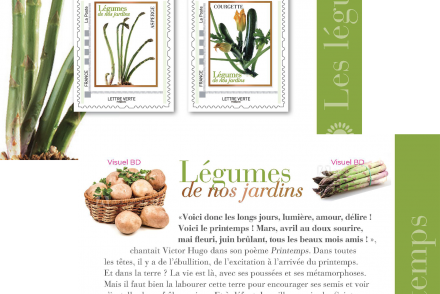Passover Haggadah- Kibbutz Artzi
BUY NOW ON WOPA+
Israel –Hundreds of different Passover Haggadahs have been designed at kibbutzim, by kibbutz movements, pioneer trainings, youth groups tied to the kibbutz movement, in Hebrew military units that operated in Eretz Israel during WWII, by groups of those uprooted in Europe after the war, by Jews attempting to enter Eretz Israel illegally during the British Mandate, by the Haganah, the Palmach and the IDF.
These Haggadahs were geared toward large public Seders, which were very different than an intimate family Seder. These public Seders were more like the mass pilgrimages of ancient times. At the Seder, participants read biblical chapters related to the exodus from Egypt and discussed Moses, who is not mentioned in the traditional Haggadah. When the Holocaust became known, a heart wrenching memorial prayer was added to the Seder.
These non-traditional Haggadahs meant no disrespect to the story of the exodus from Egypt. Their authors felt that they were the ones who had been enslaved and were going forth into freedom. At the Passover Seder they expressed the spring, the love in the Song of Songs and the story of their times, which they had lived through personally. These Haggadahs included Hebrew literature and chapters on current events.
Over the years, many traditional texts were brought back into the Haggadahs, but they continued to include poems, chapters on spring, the Song of Songs and the biblical story of the exodus from Egypt.
The editors of the texts in these Haggadahs were members of the various groups that conducted the Seders, including teachers, authors and cultural figures. Some of the most well known Israeli and local artists and illustrators contributed illustrations to the Haggadahs. The three Haggadahs featured on the stamps represent three Zionist values: security, Aliyah and settlement.
The Kibbutz Artzi Federation, 1944 (Aliyah)
Avraham (Tushek) Amarent was a member of Kibbutz Mizra, an artist and a scholar. He bequeathed all of his artistic works to his kibbutz. He decorated for the Seder and was among the designers of the Haggadah that was used by all the Kibbutz Artzi Federation kibbutzim. He wrote in his memoirs: “… when the spring returned, the Jewish people were in danger of being annihilated in the diaspora, Eretz Israel was at war and the human spirit reinforced the longing for salvation and freedom”. Illustration courtesy of Dalia Hadshi.
Pirkei Pesach (Passover Chapters), Haganah, 1948 (security)
This Haggadah was written and edited by the Haganah cultural service for Haganah soldiers during Israel’s War of Independence. It was titled: For the Festival of Freedom – Chapters for Passover Parties, 1948. It was purposely not called a Haggadah in order to preserve the honor of the traditional Haggadah.
It was designed by artist Arieh Allweil, one of the founders of the Hashomer Hatzair kibbutzim who specialized in traditional script and painting Jewish motifs.
Photos of the Haggadah from the National Library collection, Jerusalem.
Illustrations courtesy of Ruth Sperling.
Kibbutz Ein Gev, 1944 (settlement)
In 1943, when the Holocaust became known, a “black” Haggadah was prepared at Ein Gev. A year later Ludwig Schwerin, who was close to the members of the kibbutz, designed a Haggadah of consolation featuring a view of the kibbutz: a group of members and children overlooking the kibbutz from Mount Sussita – an expression of hope despite the ongoing world war. Photos of the Haggadah: Ein Gev archive; illustrations courtesy of Dorit Bodker and Anat Fuchs.
Muki Tsur
Researcher and educator, member of Kibbutz Ein Gev. Co-wrote with Yuval Danieli the book “Leaving in the Month of Spring” (Passover Haggadahs from the kibbutz), .2004
Co-edited the book by Zvi Shuah “Today you Leave for a New Land” (texts from the Kibbutz Haggadah), 2011.
Aviram Paz
Author of the book “The Exodus from Egypt – Then and Now” (rare Haggadahs from the 1940’s), Maarechet Publishing House, Kibbutz Dalia, 2015.
Issue Date: 04.04.2017
Printer: Cartor Security Printing, France
Process: Offset
Size: H30 / W40




